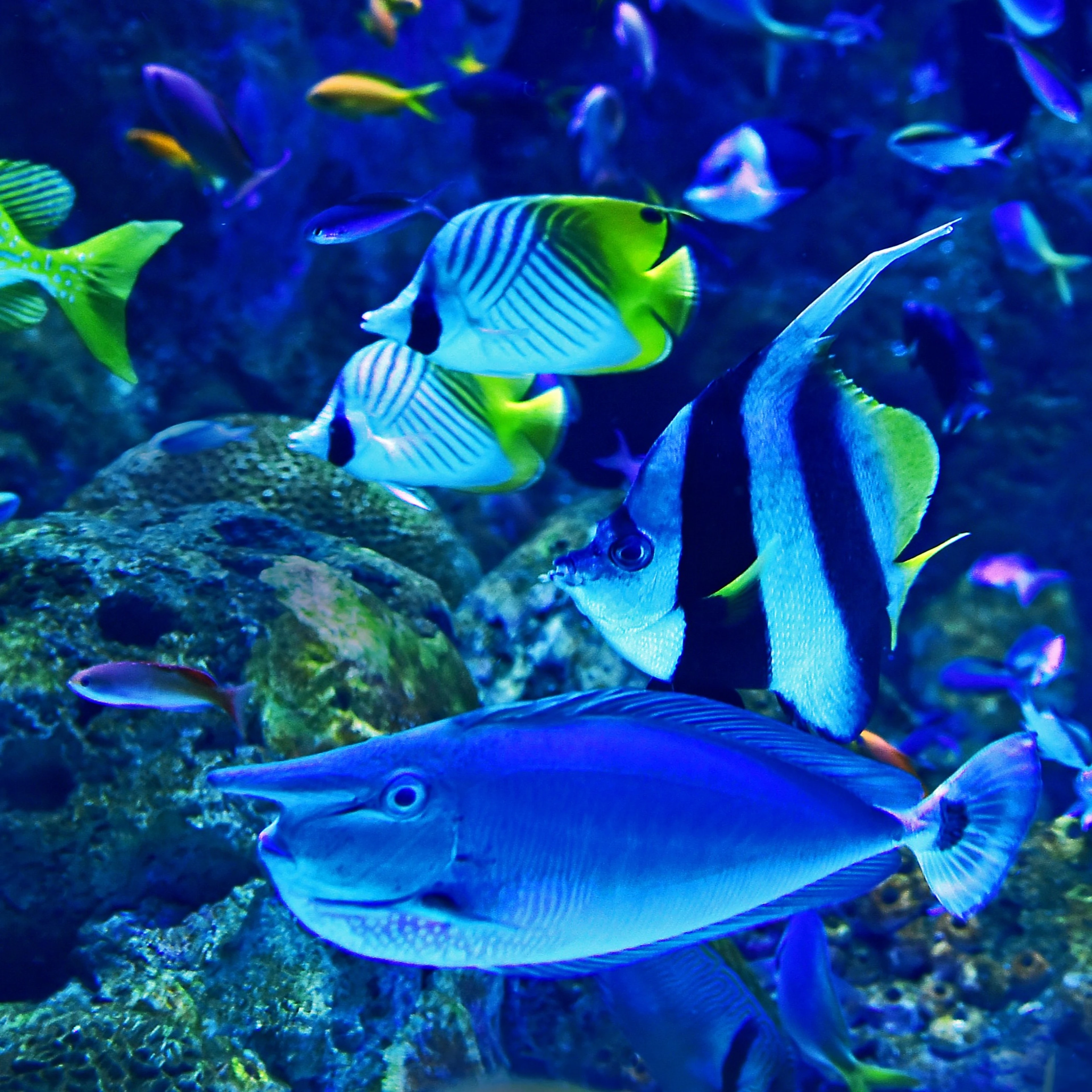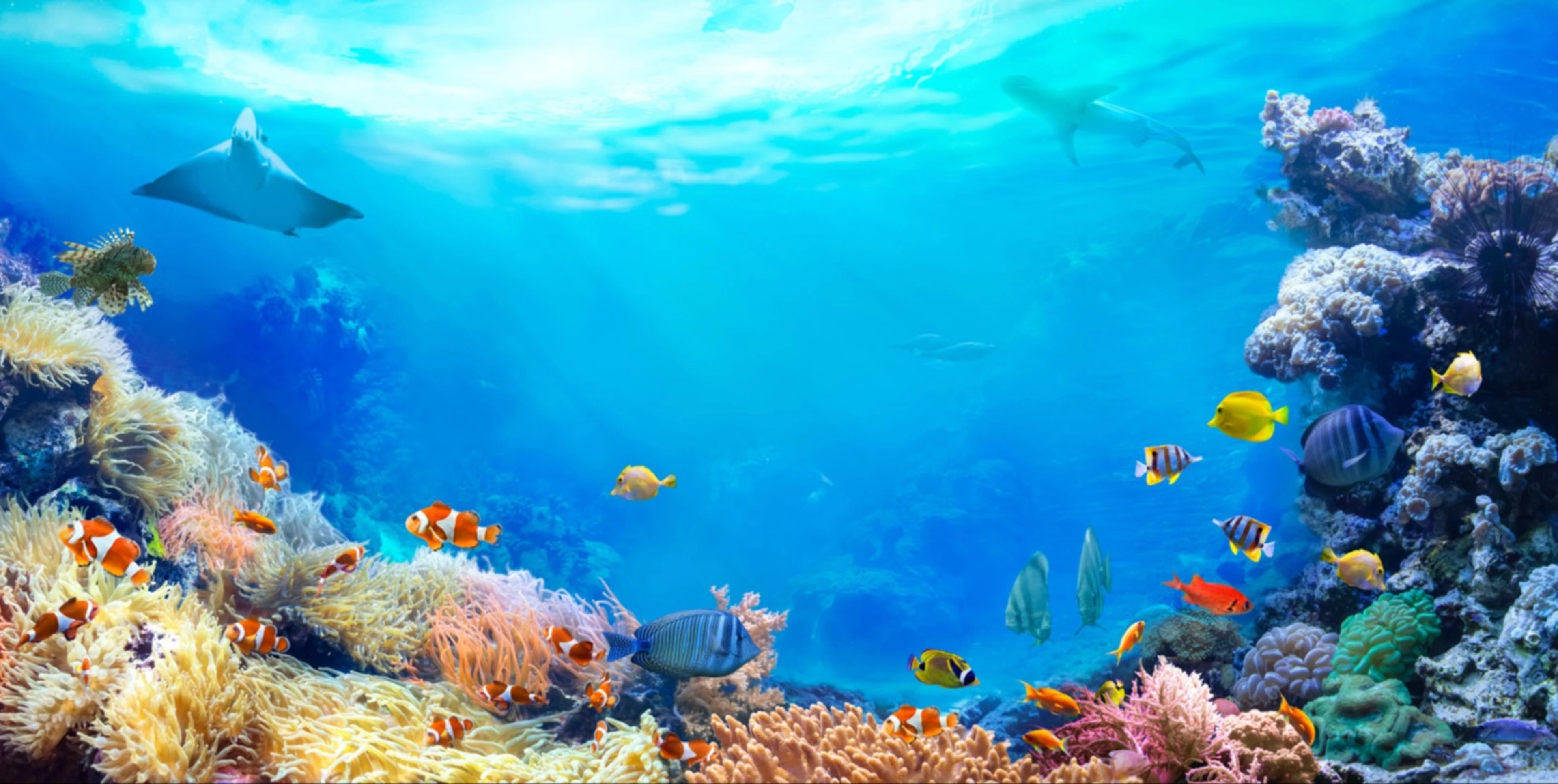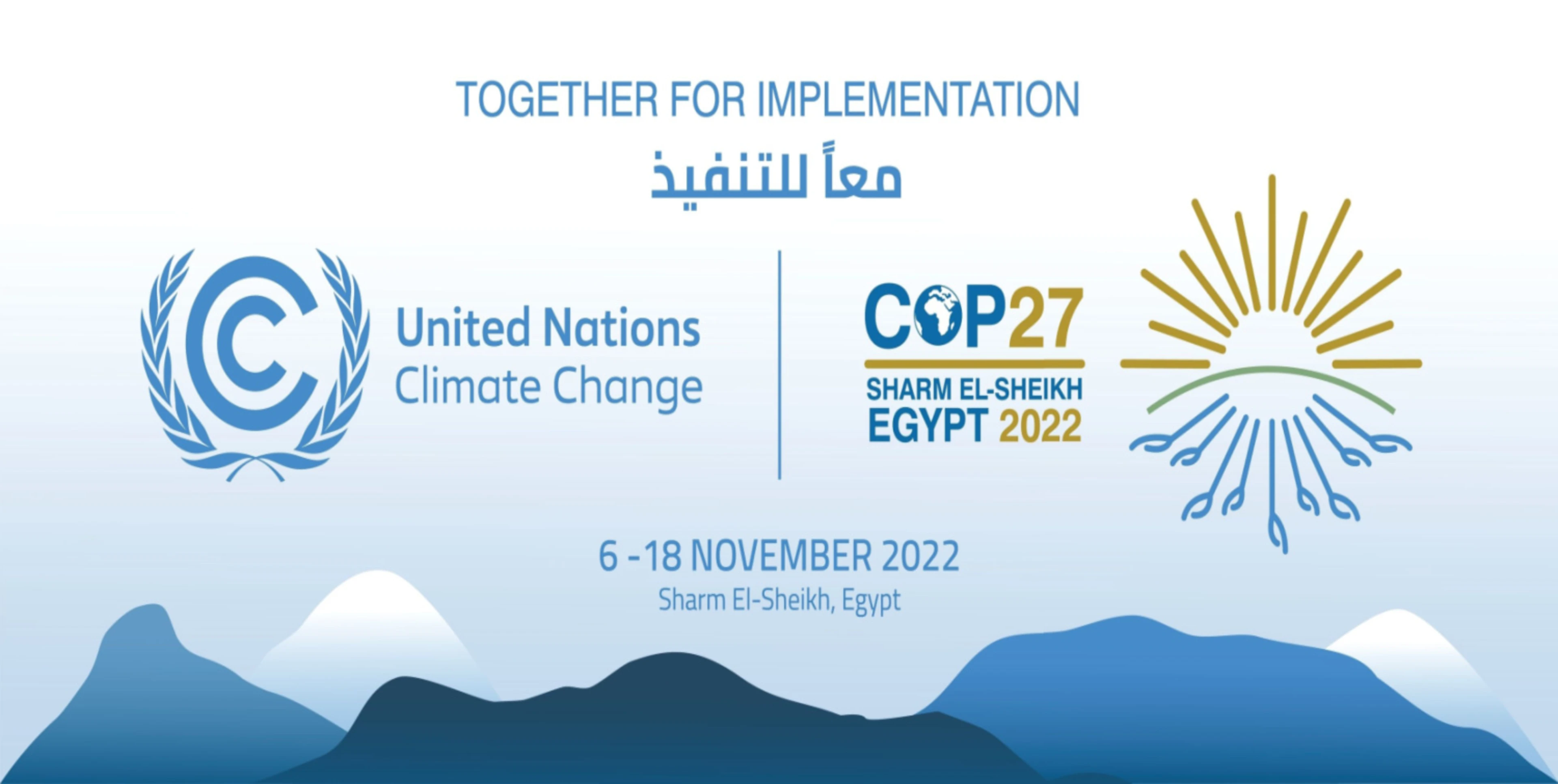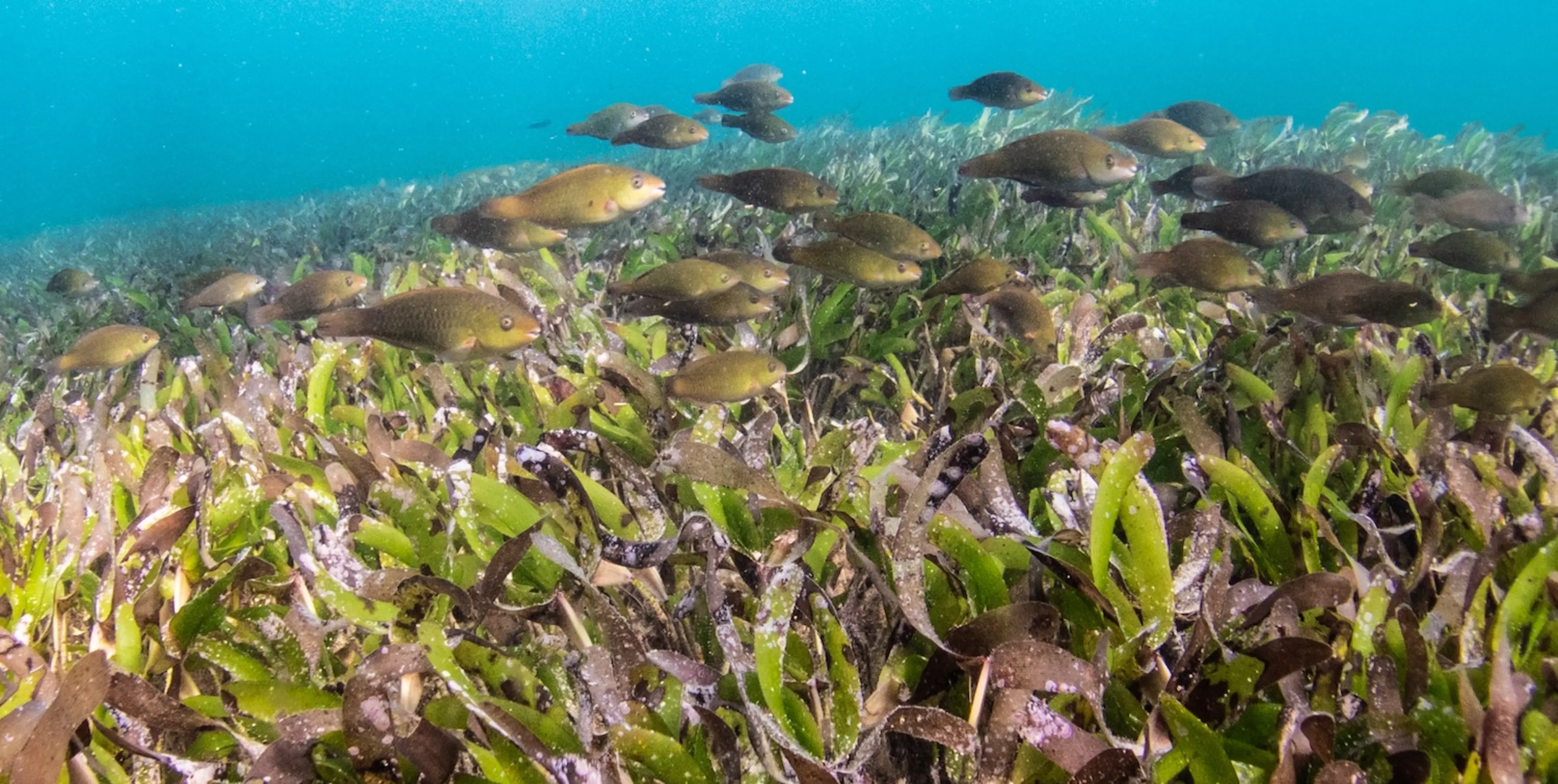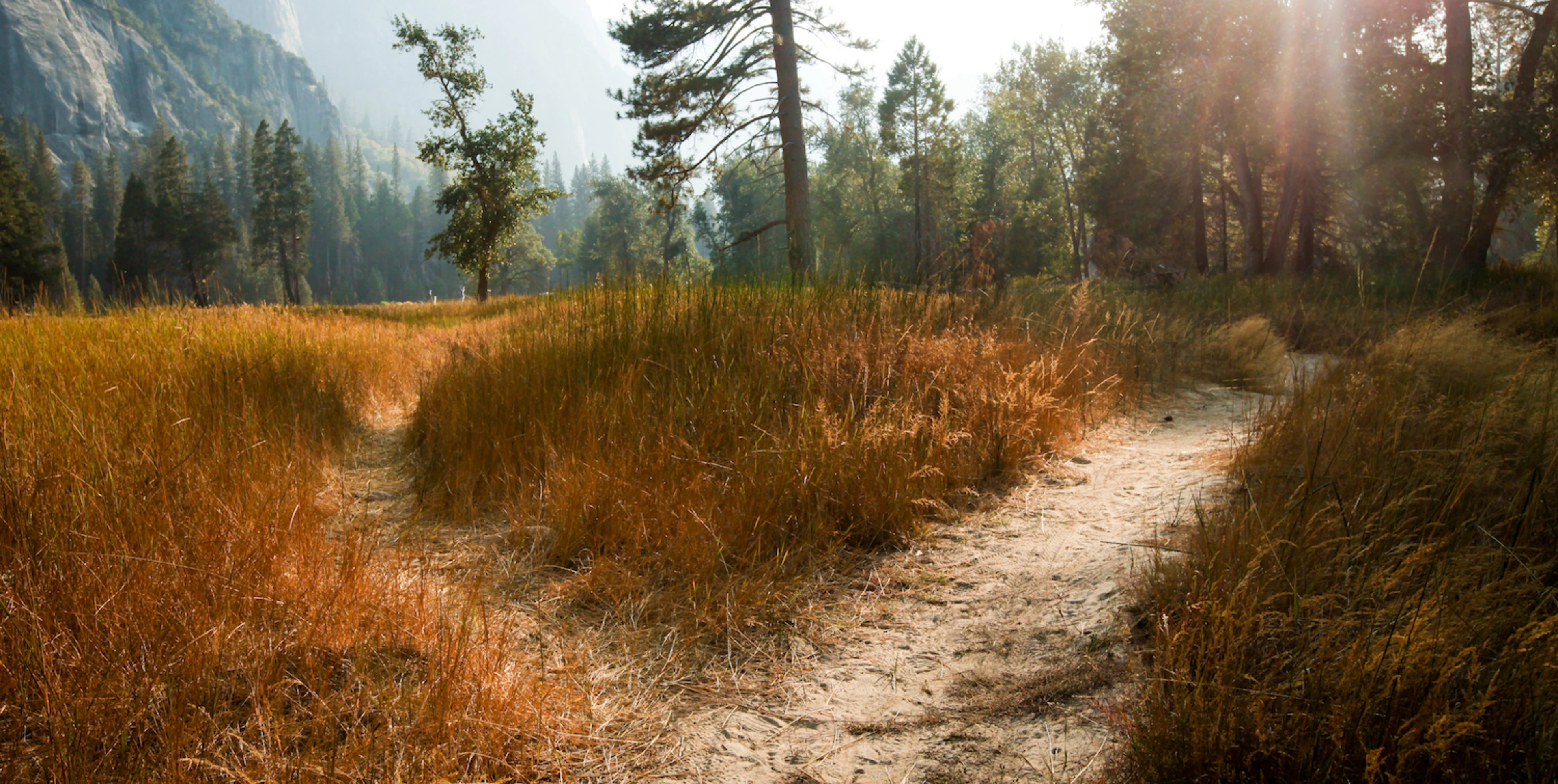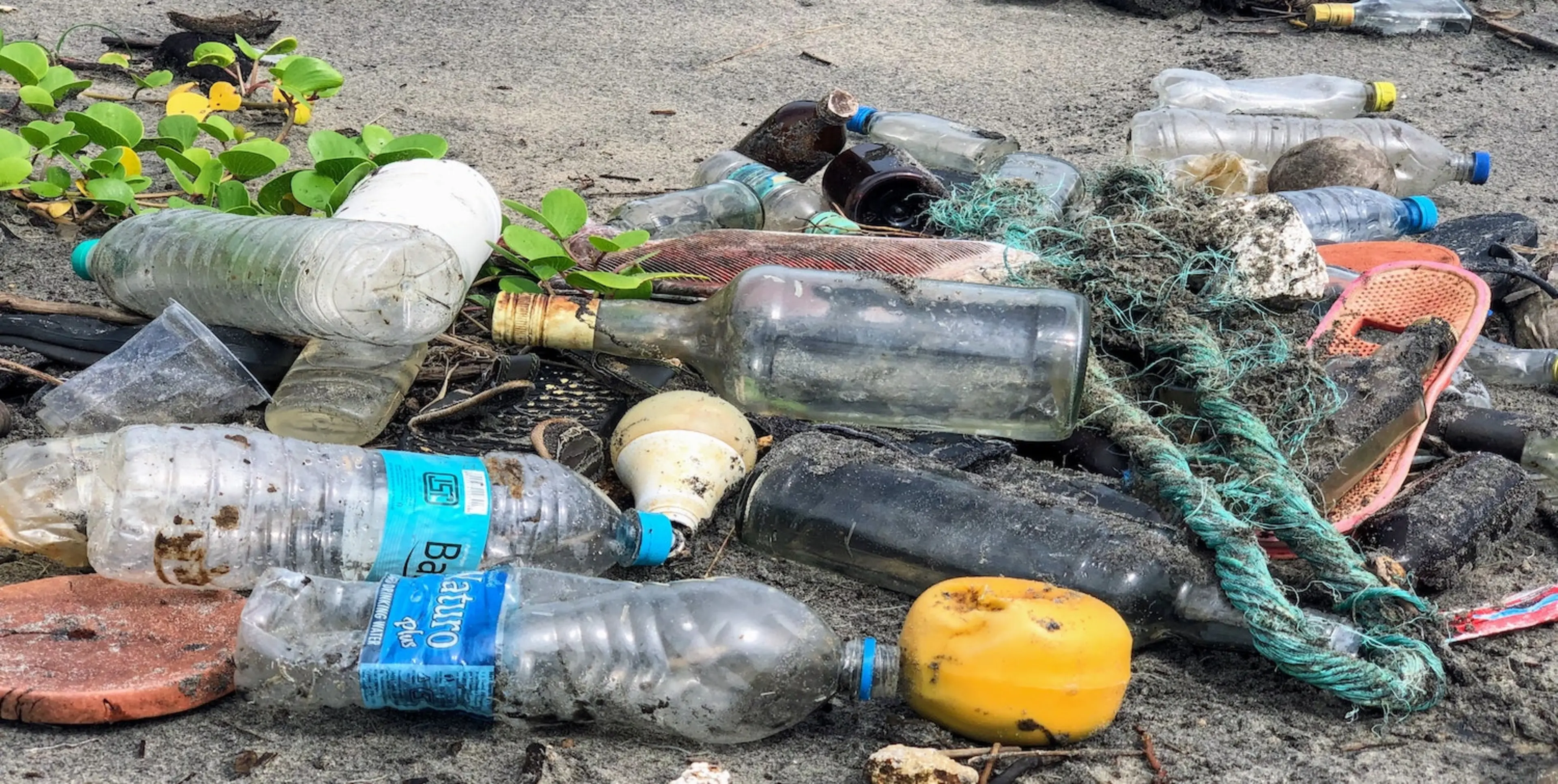1. Whales are literal carbon sinks
Whales are incredible. For starters, they sequester large quantities of carbon in their bodies – around 33 tons – throughout their lives. Then, when they die, they sink to the ocean floor, taking all that carbon with them and locking it away for hundreds of years. But it gets better. As they migrate and travel, their trails of excrement, rich in iron and nitrogen, feed phytoplankton, critical organisms which generate roughly half of our atmosphere’s oxygen and capture about 40% of all CO2 produced.
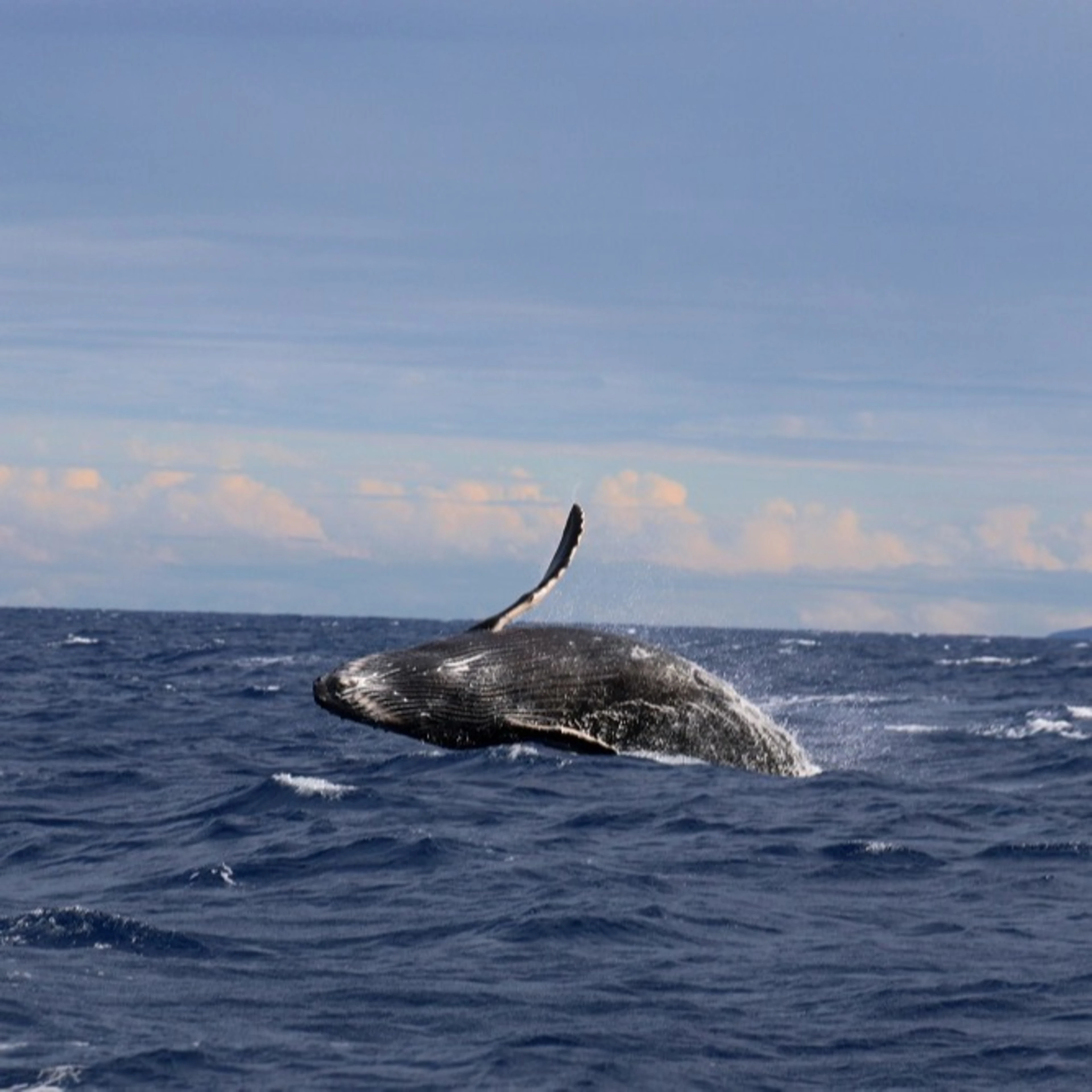
2. More than 80% of the ocean remains a mystery
Despite covering around 71% of the Earth’s surface, more than 80 percent of the ocean has never been mapped or explored, let alone seen by humans. In fact, a far greater area of the surfaces of the moon and Mars have been mapped than our own ocean floors.
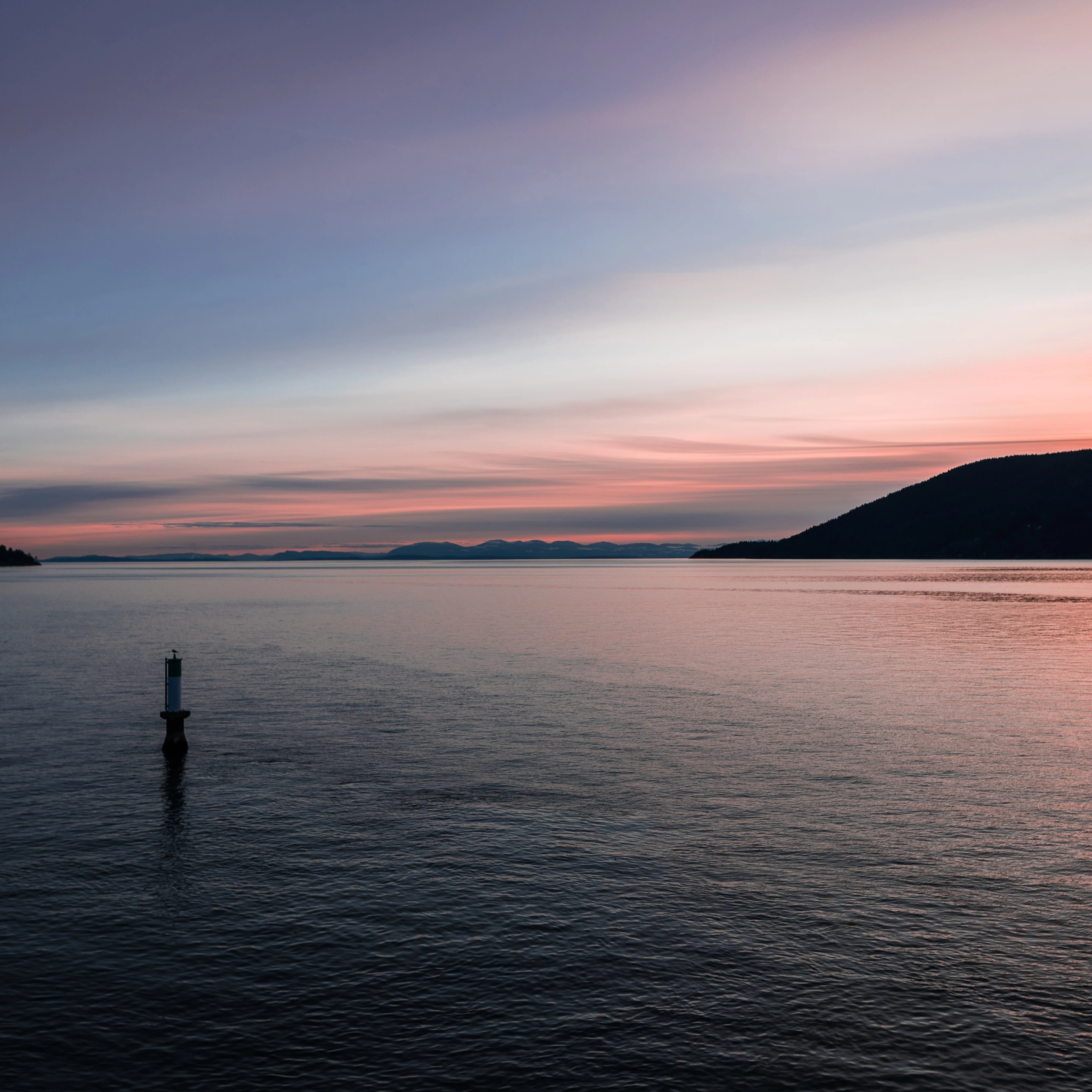
3. Seagrass is a wonderplant
Did you know that seagrass captures carbon from the atmosphere up to 35 times faster than tropical rainforests? This humble plant, which grows in shallow waters, is a true wonderplant, but is under global threat, declining by about 7% every year. Protecting and planting seagrass meadows is one of the most effective ways we can tackle climate change.
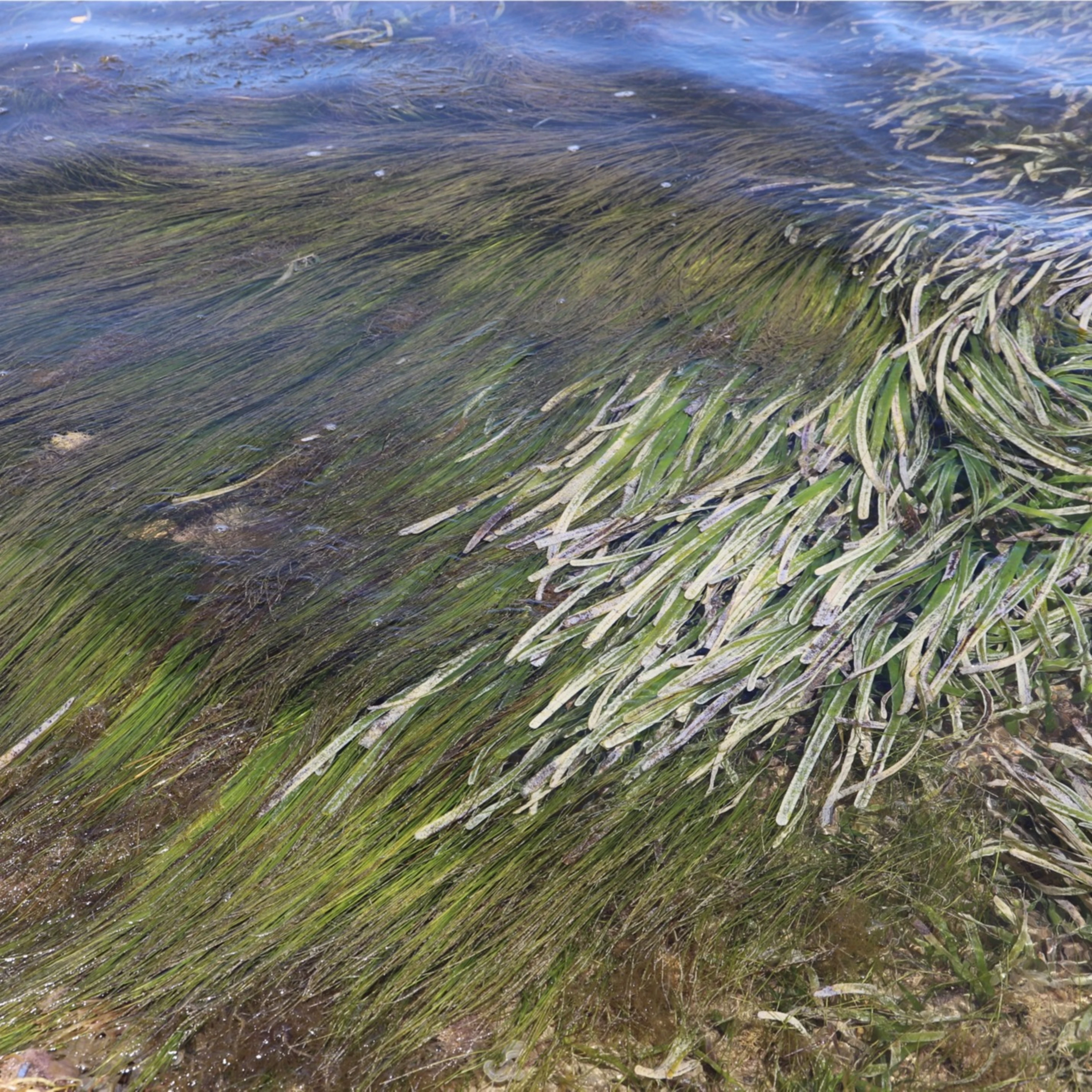
4. Healthy turtles help healthy oceans
Turtles are a keystone species, which means if they are removed, an entire ecosystem is under threat. Turtles graze on seagrass which is an important way to keep seagrass beds healthy. Healthy seagrass benefits many species and as we have just learnt stores carbon.
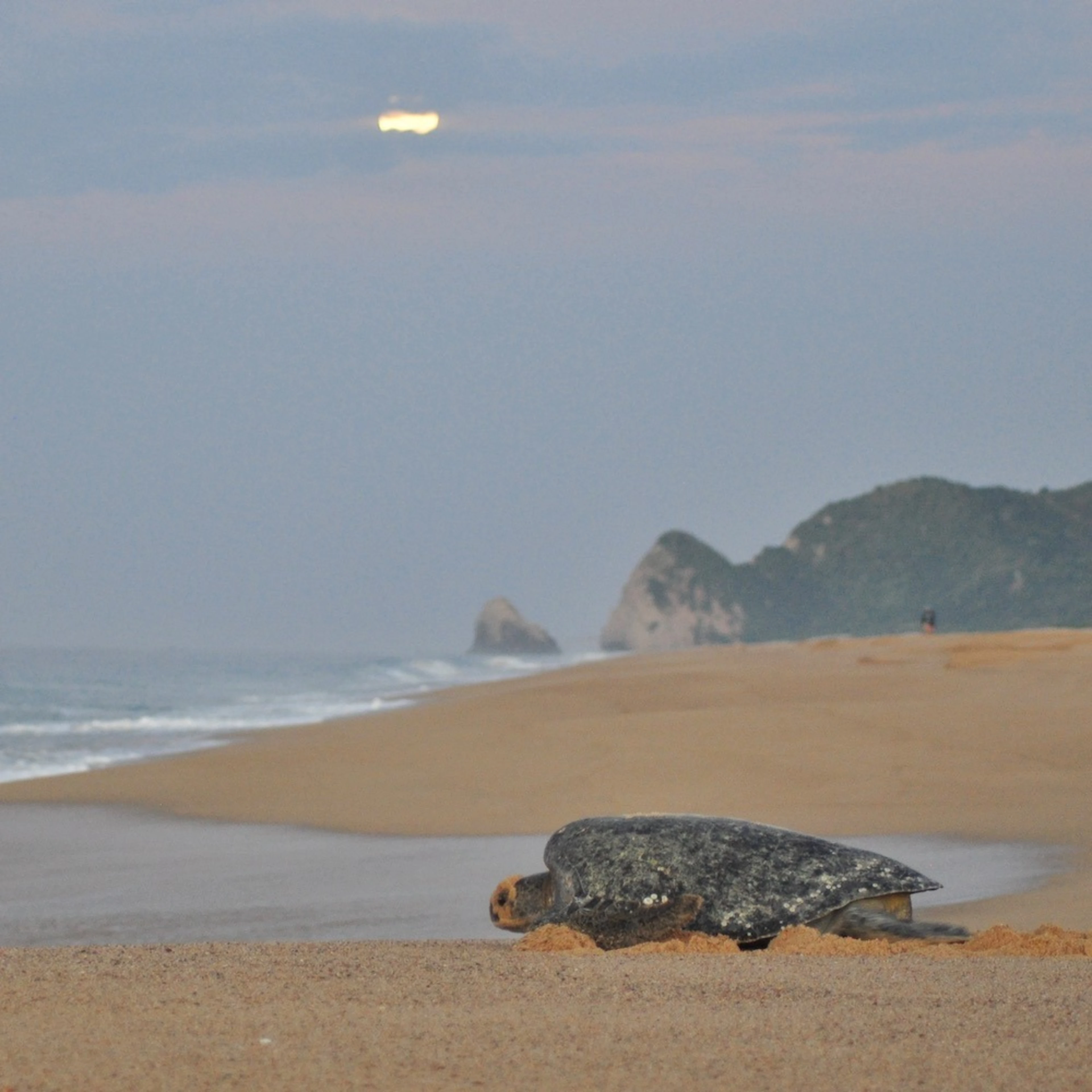
5. The ocean is home to between 55-75% of all life
Estimates vary widely (see point 2, above), but we do know that a huge proportion of all life on Earth lives in the oceans. And around 2,000 new species are discovered every single year.
